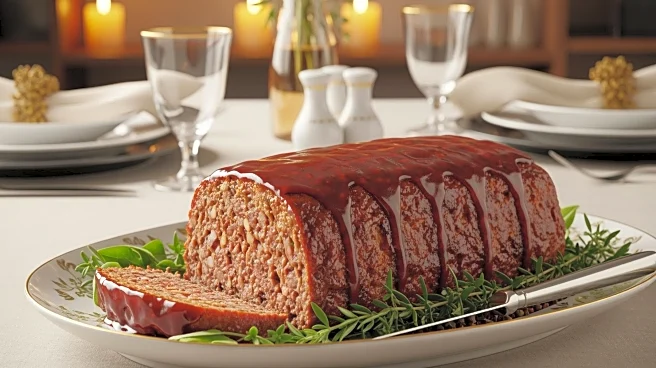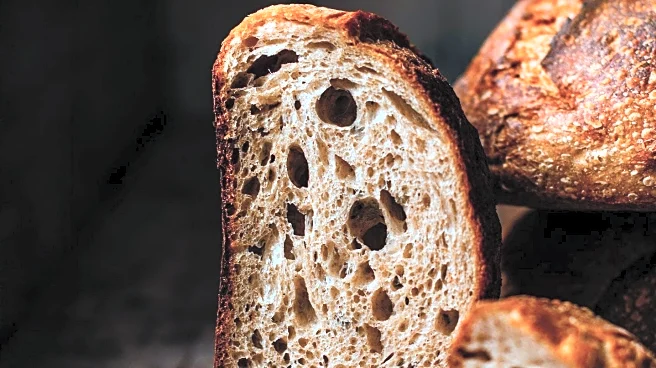What's Happening?
Researchers have utilized advanced scientific techniques, including a particle accelerator, to uncover the secrets of cooking pasta perfectly. By analyzing the internal structure of pasta using X-rays and neutrons, scientists have determined how gluten
and starch behave under various cooking conditions. The study found that gluten acts as a structural scaffold in regular pasta, while gluten-free pasta lacks this support, leading to a mushy texture. The research also highlighted the importance of salt in maintaining pasta's structure, recommending seven grams per liter of water for optimal results.
Why It's Important?
This scientific breakthrough has the potential to revolutionize the food industry, particularly in the production of gluten-free products. By understanding the structural dynamics of pasta, manufacturers can improve the quality and texture of gluten-free options, catering to the growing demand for such products. The findings also offer practical insights for consumers seeking to enhance their culinary skills, emphasizing the role of precise cooking conditions in achieving the desired pasta texture.
What's Next?
The study's insights could lead to the development of new gluten-free pasta formulations that better mimic the texture of traditional pasta. Food scientists and manufacturers may explore innovative ingredients and cooking techniques to enhance gluten-free products. Additionally, the research may inspire further studies into the structural properties of other food items, potentially leading to broader advancements in food science and technology.













